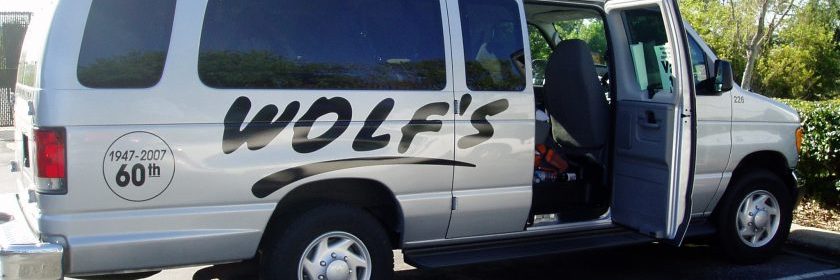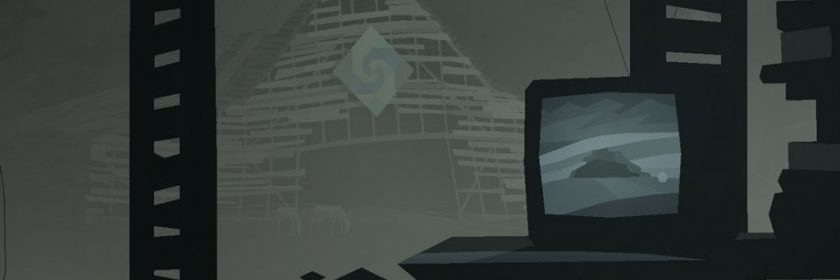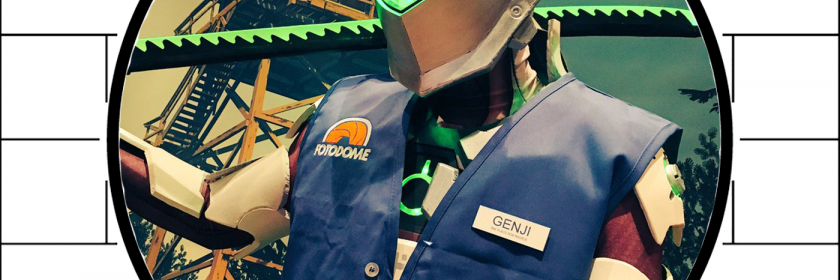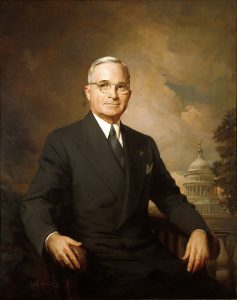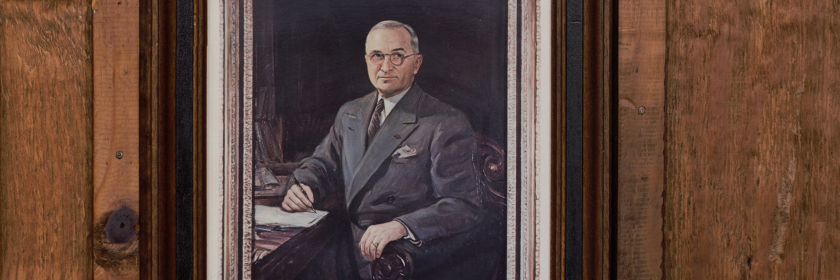As we gathered as a group of four students, knowing little to nothing about how Fiasco would work, our group found itself embracing the free-form role playing game, creating our own unique story where everyone was enthusiastic as the other to create a living, thriving story. At first I was rather weary of the game, I didn’t think it would be too much and I must admit I thought I wouldn’t enjoy it. I like things that are fast paced, that I can get through quickly and efficiently and I didn’t think a table top RPG would satisfy that need for efficiency. But, I was pleasantly surprised.
As we started the game, we were unsure about what to do. Although we read the instructions multiple times, it was still quite difficult to get a hang of it. But as we just went with it, it became easier and we understood the goal of each player. We chose “Boomtown” as our playset, the “Wild West” where I played a criminal, trying to steal a very expensive “Matched set of Colt revolvers.” I personally really enjoyed acting out the part. In a video game, you simply adopt the character that you’re put into, you teach yourself to see like them and you become a pre-designed person, following a pre-designed path (no matter how many options you have to choose from). While for table-top RPG’s such as Fiasco, you simply design your own game. You can create your own story, your own character, and how you choose to make yourself move about in this alternate universe you have just created with your group-mates. But then gain, you only have a limited number of choices in some scenarios, as in a video game. Just as how video games may have a certain number of different paths you can take, or a certain options for dialogue you choose, Fiasco only has a certain number of Playsets, locations, objects, and motivations. But, the rest of the story is yours to tell.
Although I did enjoy acting like a different person, someone completely unlike myself, I personally thought creating a story from the outside was more fun. I would rather be able to think about what might be going on in everyones heads, just as a narrator would in a book, and create a story that would benefit their perspective . I enjoyed moving the story head towards the bigger picture, but often times I found that I didn’t pay too much attention to detail, which is why my teammates were always there to help. We had a healthy balance of trying to progress towards the main goal, creating details to make the story and the characters more enriching, and having fun at the same time.
Fiasco was a very enjoyable experience. I personally felt I learnt a lot more about collaboration, from the learning outcomes. All of our group mates got together do draft a story that would be unique to just us. We worked with each other to reach common ground, talking through any problems we came across and solving them collaboratively. We were pleased by the freedom we had to create our own story, and create literature, in a rather “unconventional” fashion.
Picture from Flickr


